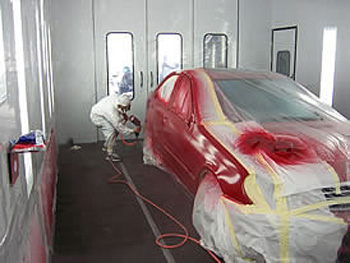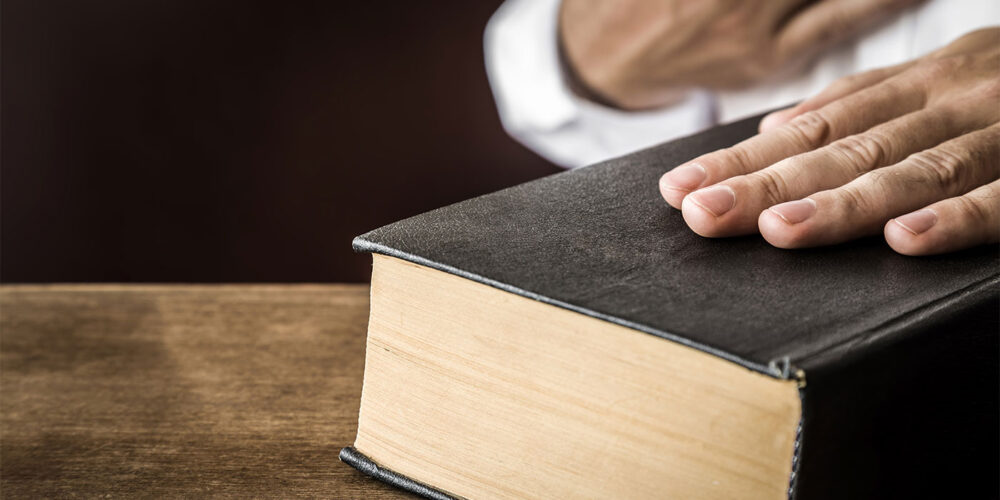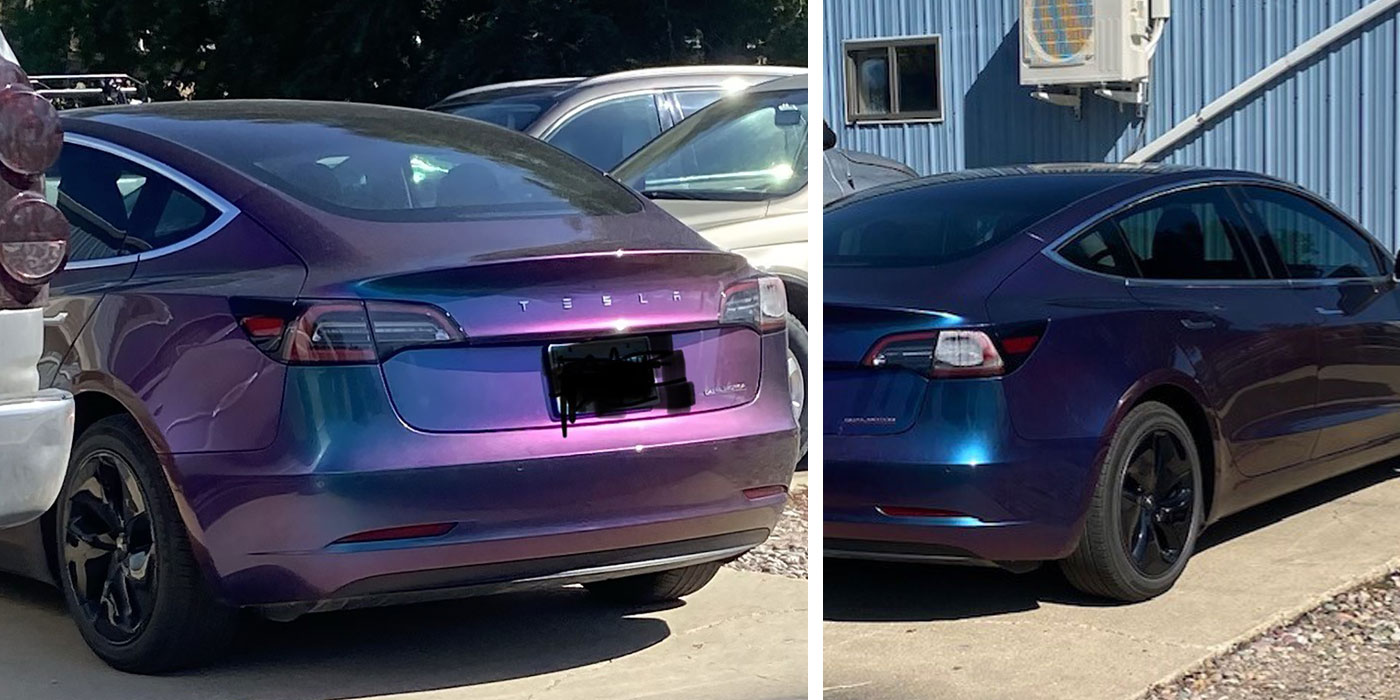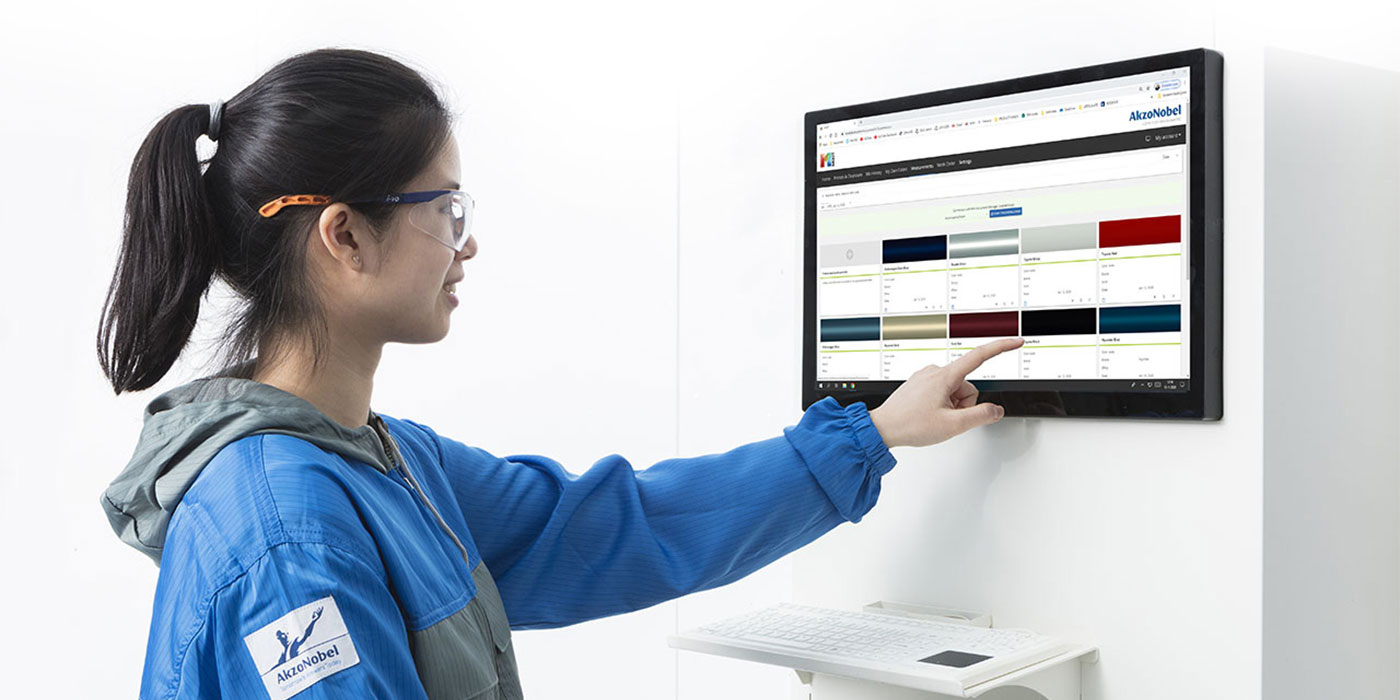 Champion’s Collision Center
Champion’s Collision Center
Location: Houston, Texas
Year Established: 1930
Square Footage: 20,000
Owner: Brandon Gary
Repair Volume/No. of Cars Per Month: 265+ cars per month
Average Repair Cost: $1,500
DRPs: Five
No. of employees: 20
Behind the Bays
Estimating System: Mitchell, CCC ONE
Management System: Summit
Spraybooth: UniCare
Lifts: Three
Measuring/Dimensioning System: Spanesi
Welding Equipment: Pro Spot
Paint Mixing System: Sherwin-Williams
Paint: Sherwin-Williams AWX system
Future Equipment Purchases: Mega-rack, 360 frame rack
Houston, Texas, is one of the most humid cities in America. With an average relative humidity of almost 80 percent year-round, the great outdoors feels more like a sauna than fresh air.
One would assume that water-based paint would be ill suited for this sort of environment, but Brandon Gary, general manager of Champion’s Collision Center, disproves this expectation. His shop was the first in Texas to make the switch from solvent to waterborne through Sherwin-Williams back in 2009, and he hasn’t looked back since.
“It was one of those things where everyone knew it was coming,” said Gary. “I told my staff, ‘This is something that we’re not going to have a choice in [eventually], so we might as well bite the bullet and be done with it.”
Like many longtime collision repair veterans, Gary’s team of painters was a little reluctant to the idea of change initially. But they took it upon themselves to do their homework and learn as much about waterborne as they could. YouTube was a primary resource for learning; his painters regularly looked up video clips about water-based paint and let the information sink in. “They really started studying it before we even implemented it,”
he said.
When switching to waterborne, many shops face the task of purchasing new equipment or retrofitting their booths in order to accommodate the change. This wasn’t the case with Champion’s, as Gary says he didn’t even have to retrofit the shop’s UniCure spraybooth.
Houston’s high humidity index isn’t something to be ignored, so Gary took the necessary steps to make the transition process as feasible and easy as possible. He installed venturi blowers and dryers to speed up the drying process., as well as a gauge to track the humidity in the shop.
Ultimately, it took about three to six months for the painters to become fully acclimated to the paint, but in the end, Gary says painting and drying time has been about the same as it was with solvent. “These painters had been spraying solvent-based paint for so long that they knew all the tricks of the trade,” he said. “Water-based is totally different. You have to go about it a totally different way.”
The “Green” Appeal
The first and most obvious benefit to going waterborne is that it’s an environmentally friendly alternative to solvent-borne paint. But “going green” doesn’t just make Mother Nature happy — it also makes businesses more appealing to work with.
Gary saw the switch as an opportunity to better market his business to insurance carriers. Jumping on that idea, he decided to host an educational session at his shop for DRPs and other insurance carriers about the benefits of water-based paint. He invited Sherwin-Williams to come into the shop to lead a class, which was conducted at the paintbooths.
“We were spraying base coat in one booth and spraying water-base in the other, so we could show them the difference in drying time, everything across the board,” said Gary.
After giving hands-on demonstrations of waterborne paint, Gary and the Sherwin-Williams team conducted a roundtable discussion, answering any questions the insurance carriers had about the paint. “I told Sherwin-Williams to be honest with them and tell them the good and bad, the pros and cons,” said Gary.
It turns out that Gary’s efforts of pioneering waterborne in Texas rubbed off on the insurance carriers, who eventually began to encourage other shops throughout the state to choose the greener option.
Colorful Options
Another benefit of going waterborne is the plethora of color choices, allowing for better color matching when painting a customer’s vehicle. “There are a lot more color options and opportunities to better match the vehicle,” said Gary.
The PROSPECTOR Color Reference System makes it easy for painters to identify the necessary colors for vehicles, even when the vehicle’s code is unknown. The assortment of colors also allows for some flexibility with color matching, according to Gary.
“Basically, if you’re painting a Nissan, there might be a Ford color that’s really close and matches better than a Nissan color,” he said. “The way they’ve arranged their decks gives you every opportunity to match the color of the vehicle without doing a lot of homework or spray-outs.”
Ahead of the Game
Despite having to learn a new technique, Champion Collision’s painters like waterborne just as much or even more than the solvent system. “It dries just as fast,” said Gary. “The paint flashes really quick, so you can actually put tape on the paint and start painting the second color a little quicker than solvent-based in many circumstances.”
Aside from the benefits of the paint itself, Gary says that the No. 1 plus of converting to waterborne on his own accord was getting ahead of the game.
“Go ahead and get it done before you have to, because the learning curve does take awhile,” he advised. “It’s better to learn it now than when you’re under pressure.”













